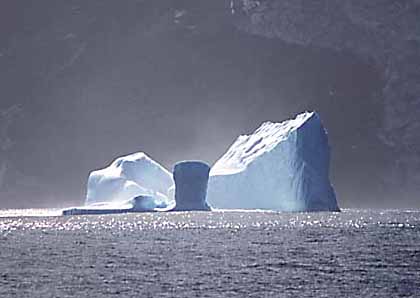Scientists have found evidence that India sparked the last ice age, possibly helping to do away with any remaining vestiges of the dinosaurs.
 Writing in PNAS this week Rutgers researcher Dennis Kent and his colleague Giovanni Muttoni have presented a tectonic model to explain why the Earth was abruptly plunged into the deep-freeze about 50 million years ago.
Writing in PNAS this week Rutgers researcher Dennis Kent and his colleague Giovanni Muttoni have presented a tectonic model to explain why the Earth was abruptly plunged into the deep-freeze about 50 million years ago.
The duo traced the movements of India going back 120 million years from its starting position near Antarctica to its continental collision with Asia 50 million years ago. They suggest that as India moved northwards the ocean floor in front of it, which was rich in carbonate rocks, was subducted (swallowed) beneath the Indian plate. The carbonate rocks were broken down by the high temperatures producing large amounts of carbon dioxide, which escaped into the atmosphere in local volcanoes.
This release of CO2 sustained a greenhouse-like effect that kept the planet warm. But when India eventually met Asia 50 million years ago the supply of fresh CO2 ran out and levels began to fall, dragging down global temperatures and triggering an ice-age.
"This explains why ice ages tend to occur on geological timescales lasting millions of years," explains Kent.










Comments
Add a comment